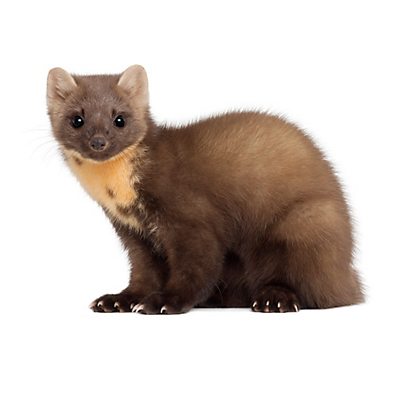Diplomatic Corps and Weasels
"The diplomatic corps (French: corps diplomatique) is the collective body of foreign diplomats accredited to a particular country or body. The diplomatic corps may ..."
Living our lives and experiencing the results of our presence on Earth, we have come to the position to, more often than not, image and describe situations, groups of people, individuals of all stratas of life, social classes, education, etc., as animals. We hearsay : Ah! in the business, military, politics, banking, medicine, academia, arts' domains, there are 'sharks, wolves, lions, foxes, eagles, hawks, chicken, ducks , malaria insects' and so on and so forth.
"Weasels feed on small mammals and have from time to time been considered vermin because some species took poultry from farms or rabbits
from commercial warrens. They do, on the other hand, eat large numbers
of rodents. They can be found all across the world except for Antarctica, Australia, and neighbouring islands."
Μαρία Λ. Πελεκανάκη
Weasel Facts
Identify DamageΜαρία Λ. Πελεκανάκη
Weasel Facts
Weasels are relatively small, nimble mammals that are members of the
Mustelidae family, which also includes long-bodied animals such as
wolverines, ferrets, badgers and certain skunk species. There are three
weasel species that call North America home, the most prevalent being
the long-tailed weasel. Below are a few interesting weasel facts you
might not know.
While many homeowners benefit from the presence of weasels as they often control rodent populations, weasels can be a nuisance when they gain access to poultry houses and prey on fowl or pets.
Signs of weasels and their damage include:
- Killed poultry, often bitten in the head or neck
- Stolen poultry eggs
- Killed rabbits
- Weasel tracks: small footprints with five toes and visible clawmarks on each foot

 Archivo:I Am Weasel (15483000477).jpg
Archivo:I Am Weasel (15483000477).jpg
With " long, slender bodies, which
enable them to follow their prey into burrows. Their tails may be from
34 to 52 mm (1.3 to 2.0 in) long".
A weasel /ˈwiːzəl/ is a mammal of the genus Mustela of the familyMustelidae. The genus Mustela includes the least weasels, polecats, stoats, ferrets and minks. Members of this genus are small, active predators, with long and slender bodies and short legs. The family Mustelidae (which also includes badgers, otters, and wolverines) is often referred to as the "weasel family". In the UK, the term "weasel" usually refers to the smallest species, the least weasel (M. nivalis).[1]
Weasels vary in length from 173 to 217 mm (6.8 to 8.5 in),[2] females being smaller than the males, and usually have red or brown upper coats and white bellies; some populations of some species moult to a wholly white coat in winter. They have long, slender bodies, which enable them to follow their prey into burrows. Their tails may be from 34 to 52 mm (1.3 to 2.0 in) long.[2]
Weasels feed on small mammals and have from time to time been considered vermin because some species took poultry from farms or rabbits from commercial warrens. They do, on the other hand, eat large numbers of rodents. They can be found all across the world except for Antarctica, Australia, and neighbouring islands.
Domesticated ferret (Mustela putorius furo)
This Weasel Is an Insatiable Serial Killer | Nat Geo Wild
Nat Geo WILD Δημοσιεύτηκε στις 17 Δεκ 2017
➡ Subscribe: http://bit.ly/NatGeoWILDSubscribe
About National Geographic Wild:
National Geographic Wild is a place for all things animals and for animal-lovers alike. Take a journey through the animal kingdom with us and discover things you never knew before, or rediscover your favorite animals!
Get More National Geographic Wild:
Official Site: http://bit.ly/NatGeoWILD
Facebook: http://bit.ly/NGWFacebook
Twitter: http://bit.ly/NGWTwitter
Instagram: http://bit.ly/NGWInstagram
This Weasel is an Insatiable Serial Killer | Nat Geo Wild
https://youtu.be/-TMkZzzPZBU
Nat Geo Wild
https://www.youtube.com/user/NatGeoWild

